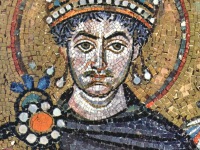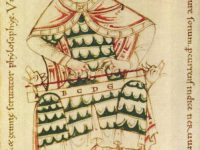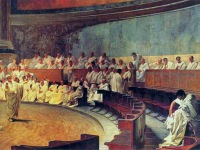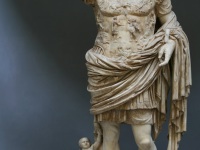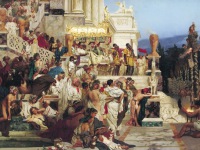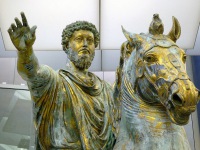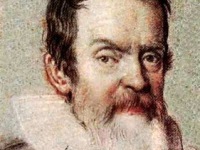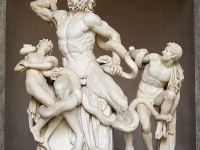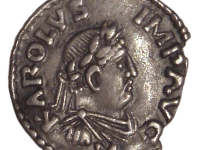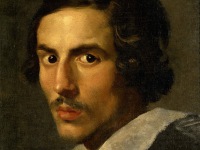The Codex Justinianus and the Origins of Modern Jurisdiction
On November 16, 534 AD, the second and final revision of the Corpus Juris Civilis, also referred to as the Codex Justinianus, a collection of fundamental works in jurisprudence, issued from 529 to 534 by order of Justinian I, Eastern Roman Emperor, is published. The four parts of the Codex Justinianus constitute the foundation documents of the Western legal tradition. Actually, the history and development of Roman law as the legal system…
Read more

